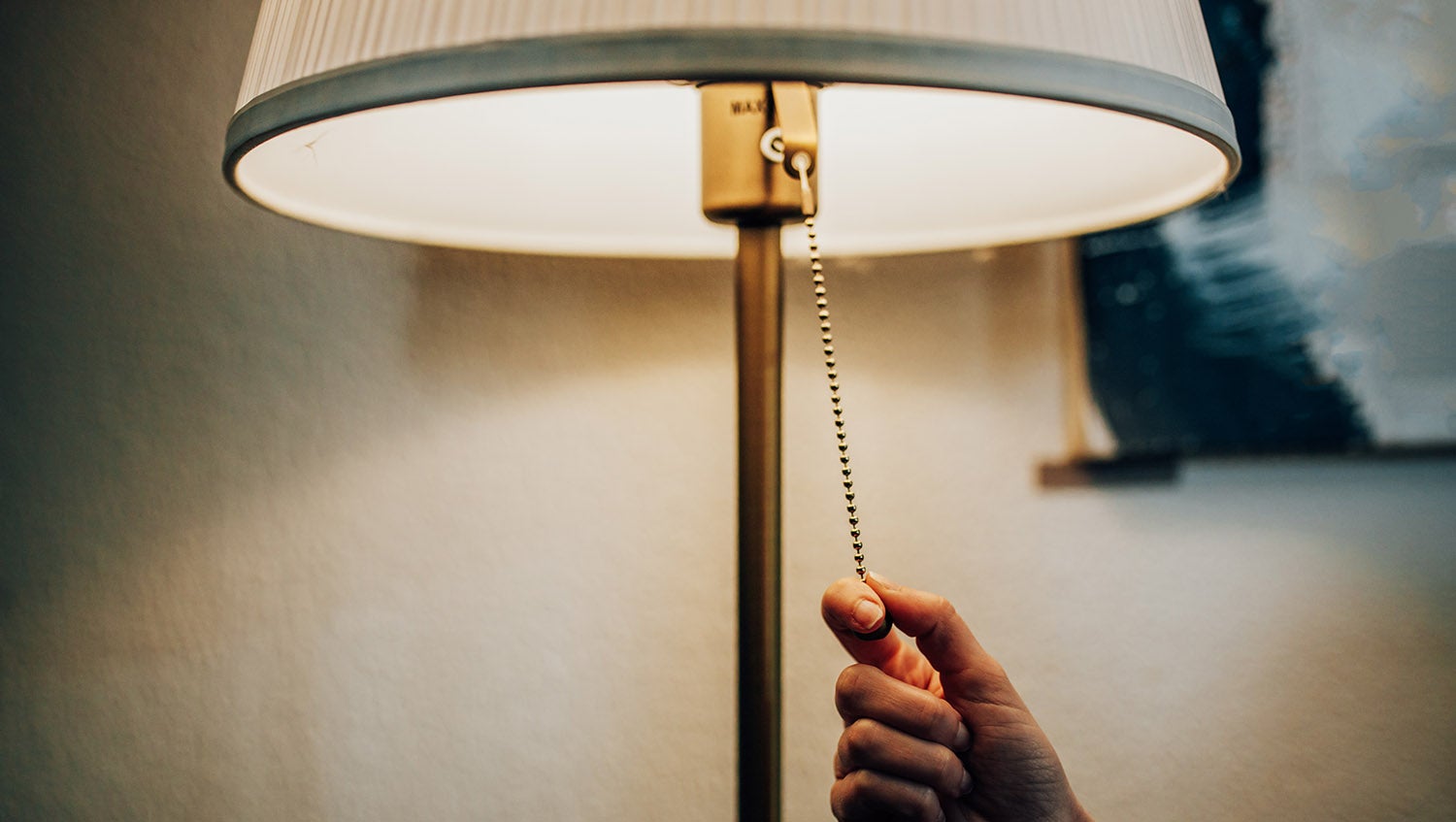Clinic-Based Screening Tools Don’t Capture Full Scope of Utilities Insecurity
February 14, 2020
By Ray Hainer

Getty Images
New research suggests requests for shutoff protection may provide a truer picture of patient needs.
Having the lights and heat shut off due to nonpayment is a hardship under any circumstances. For people with a chronic health condition or a serious illness, it can become a matter of life or death, affecting their ability to refrigerate medications, operate medical devices, and otherwise care for themselves at home.
That’s why most states have laws in place that protect tenants and homeowners from utilities shutoff if they can provide a letter from a health professional explaining their condition. It’s also one of the reasons many healthcare facilities — 36% of hospitals and 23% of physician practices, according to one national survey — include questions about utilities insecurity when screening for social determinants of health (SDOH).
That screening may be missing at-risk patients. According to a new study from Boston Medical Center (BMC), a large safety-net hospital that has implemented near-universal SDOH screening in its primary care clinics and emergency department, requests for shutoff protection letters may in fact provide a more accurate picture of patient need.
In a research letter published today in the Journal of Ambulatory Care Management, BMC researchers report that only a fraction of patients facing utilities shutoff also screened positive for utilities insecurity. Of the 752 patients who requested shutoff protection letters from BMC in 2018, 30% either didn’t receive SDOH screening or declined to be screened during a medical visit. Of the remaining 70% who did receive screening, only 16% reported difficulty paying utility bills.
“I thought it would be interesting to see how many patients ask for these letters, who these patients are, and whether our systems for screening for social determinants of health are detecting them,” says Karen Lasser, MD, the lead author on the paper and a general internist at BMC. “And the most important finding is that many of these patients are not captured by our screening process.”
The gap between the number of patients requesting letters and the number of positive screens is likely due to a mix of factors, including seasonal fluctuations in utility costs and the stigma associated with not being able to pay household bills, Lasser says. Moreover, while SDOH screening is typically administered during a doctor’s appointment or ED visit, many people request shutoff protection over the phone or by walking up to the front desk of a clinic.
The study was enabled by an unusual feature of BMC’s electronic medical record (EMR): the use of a discrete data field, rather than an open text field, to track requests for shutoff protection letters. Originally added to allow clinicians to sign the letters electronically, the data field has created an opportunity to cross-reference patients’ letter requests with their screening responses, which are also documented in the EMR.
The data field also creates an opportunity to intervene. Based on their results, the authors say, a letter request in the EMR should be considered a “sentinel event” that triggers other assessments and linkage to support services regardless of a patient’s screening results.
“Someone who brings in a letter is at pretty high risk for utility shutoff, and they’re probably struggling with their meds, or their housing,” Lasser says. A referral to a patient navigator or a pharmacy liaison, she adds, would ensure the patient also gets help addressing those needs and accessing additional resources, such as the on-campus food pantry.
An open question hiding between the lines of the study is the number of patients struggling to pay utility bills who neither request shutoff protection nor get screened for social needs. As many as 1 in 3 U.S. households face challenges paying utilities and more than 1 in 5 forgo food or medicine to cover utility bills, government surveys have found.
“We know the ones who are getting screened, and we know who received a letter,” Lasser says. “But we don’t really know how many patients could have been eligible to receive a letter. There’s all of these people we don’t know about.”


